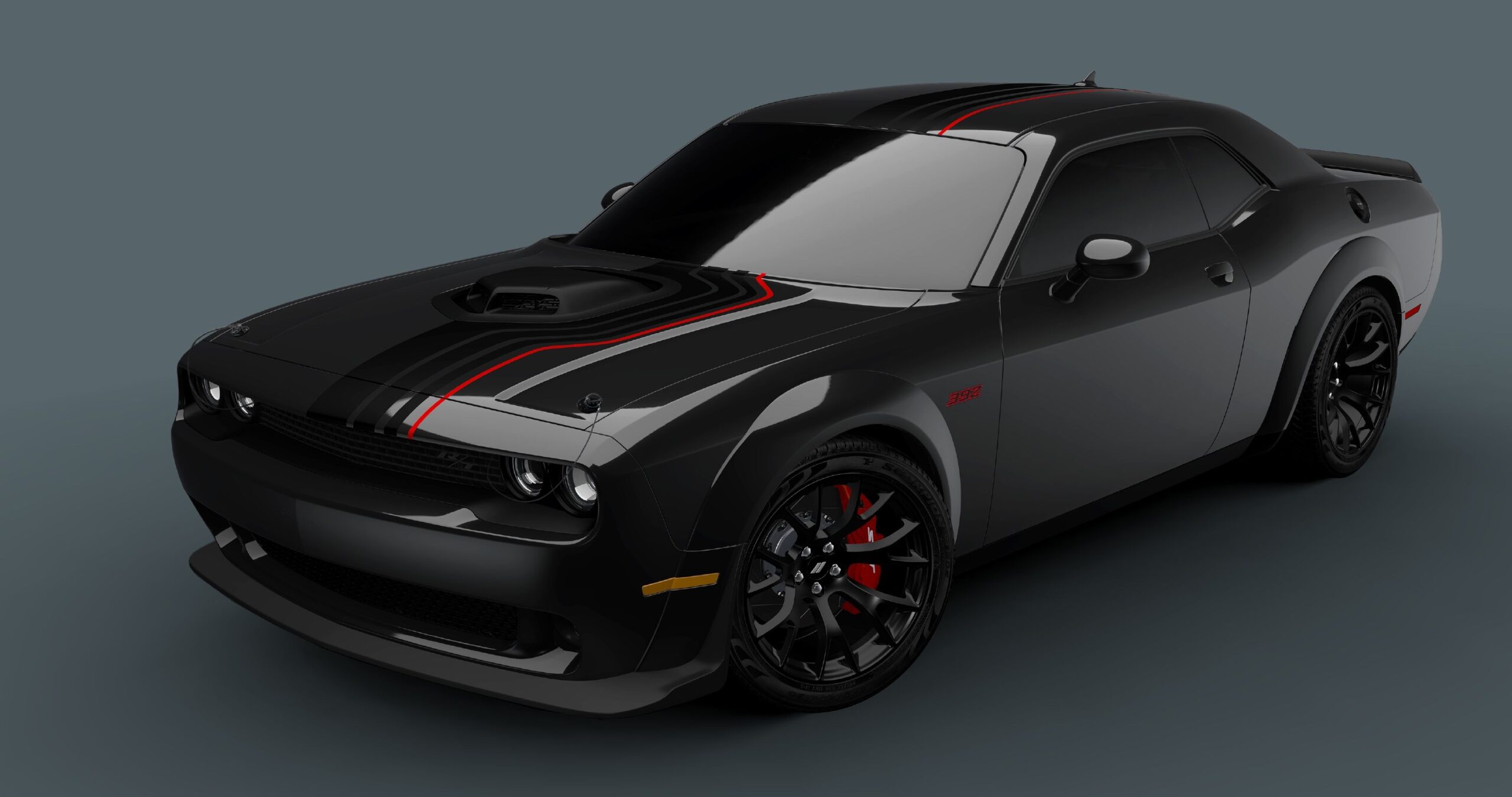Chrysler’s Business Status: Complete Analysis of the Brand’s Current Market Position
Understand Chrysler’s current business status
Chrysler remains an active automotive brand operate under Stellantis, the multinational automotive corporation form through the merger of fiat Chrysler automobiles and PSA group. The brand continue manufacture and selling vehicles, though its market presence has importantly evolve over recent decades.
The question of Chrysler’s business viability stem from observable changes in the brand’s product lineup, market strategy, and corporate restructuring. Presently, Chrysler operate with a streamlined portfolio focus mainly on the Pacifica minivan and the 300 sedan, represent a dramatic reduction from its historically diverse vehicle offerings.
Stellantis ownership and corporate structure
Stellantis, form in early 2021, operate as the parent company oversee Chrysler alongside other brands include jeep, ram, dodge, fiat, Peugeot, and Citroën. This corporate structure provide Chrysler with financial backing and resources, though it besides create internal competition for development resources and market focus.
The automotive conglomerate approach allow Stellantis to allocate resources strategically across its brand portfolio. Chrysler’s position within this structure reflect corporate priorities that emphasize brands with stronger market performance and growth potential. Jeep and ram, for instance, generate importantly higher sales volumes and profit margins compare to Chrysler’s current offerings.
Corporate executives have indicated that each brand within theStellantiss portfolio must demonstrate clear value propositions and sustainable business models. This requirement place pressure onChryslerr to define its unique market position and justify continued investment in product development and marketing initiatives.
Market performance and sales trends
Chrysler’s sales figures reveal decline market share and reduce consumer demand over recent years. The brand’s limited product portfolio contribute to these challenges, as competitors offer broader vehicle selections appeal to diverse consumer preferences and needs.
The Pacifica minivan represent Chrysler’s strongest market performer, compete in a segment with limited competition but besides constrain growth potential. Minivan sales across the automotive industry have decline as consumers progressively prefer SUVs and crossover vehicles for family transportation needs.
The Chrysler 300 sedan face significant market headwinds as consumer preferences shift aside from traditional sedans toward SUVs and trucks. Major competitors have discontinued similar vehicle models, reflect broader industry trends that challenge sedan viability in the current market environment.
Dealership networks have express concerns about limited inventory diversity and reduce foot traffic for Chrysler products. These challenges create cascade effects throughout the brand’s retail distribution system, potentially impact long term dealer relationships and market presence.
Product development and future planning
Stellantis has announced electrification plans affect all brands within its portfolio, includeChryslerr. The company’s commitment to electric vehicle development suggest continued investment inChryslerr’s future, though specific product announcements remain limited compare to other brands within the corporate family.
Industry observers note that successful automotive brands require consistent product refreshes and new model introductions to maintain consumer interest and market relevance. Chrysler’s reduced development activity raise questions about long term product viability and competitive positioning.
The brand’s engineering resources and design capabilities remain integrated within Stellantis’s broader development programs. This integration provides access to advanced technologies and platforms, though it besides meanChryslerr competes internally for development priorities and resource allocation.
Electric vehicle transition represent both opportunity and challenge for Chrysler. The brand could potentially reinvent itself through innovative electric products, though this requires significant investment and clear market differentiation from otherStellantiss brands pursue similar electrification strategies.
Historical context and previous challenges
Chrysler’s business history include multiple ownership changes, bankruptcy proceedings, and corporate restructure events. The brand survive the 2008 2009 automotive industry crisis through government intervention and subsequent acquisition by fiat, demonstrate resilience despite significant challenges.
Previous decades see Chrysler operate as a full line automotive manufacturer compete direct with General Motors and ford across multiple vehicle segments. The brand’s current streamlined approach represent a strategic retreat from this comprehensive market coverage.
Corporate decision makers have historically vieweChryslerer as a valuable brand with strong consumer recognition and heritage appeal. These intangible assets provide foundation for potential revitalization efforts, though they require strategic vision and substantial investment to realize market benefits.
The brand’s engineering achievements, include minivan innovation and performance vehicle development, demonstrate technical capabilities that could support future product initiatives under appropriate corporate support and market conditions.
Competitive landscape analysis
The automotive industry’s competitive environment present both challenges and opportunities for Chrysler’s continued operation. Traditional domestic competitors ford and General Motors have restructured their brand portfolios, discontinue some nameplates while invest intemperately in others.
Luxury and premium brands within the Stellantis portfolio, include Alfa Romeo and Maserati, compete for similar corporate resources and development attention. This internal competition influence resource allocation decisions affect Chrysler’s product development timeline and investment levels.

Source: ar.inspiredpencil.com
International automotive manufacturers continue to expand their presence North Americancan markets, create additional competitive pressure across all vehicle segments. Chrysler’s limited product range make it specially vulnerable to competitive actions and market share erosion.
The electric vehicle transition create opportunities for brand repositioning and market re-entry, though it likewise requires substantial capital investment and clear differentiation strategies. Successful navigation of this transition could revitalizeChryslerr’s market position, while failure could accelerate decline.
Financial considerations and business viability
Stellantis’s financial performance and strategic priorities forthwith impact Chrysler’s business sustainability. The parent company’s commitment to profitability and return on investment influences decisions about brand continuation and development resource allocation.
Automotive industry analysts evaluate brand viability base on factors include sales volume, profit margins, market share trends, and development costs. Chrysler’s performance across these metrics present mixed signals about long term business sustainability.
The cost of maintain separate brand identity, dealer networks, and marketing programs require justification through adequate sales performance and profit generation. Brands fail to meet these financial thresholds face potential discontinuation or integration with other corporate entities.
Investment requirements for electric vehicle development, autonomous driving technology, and connectivity features create additional financial pressures affect all automotive brands. Chrysler’s ability to secure adequate investment for these initiatives influence its competitive viability and market relevance.
Consumer perception and brand loyalty
Market research indicate that Chrysler maintain recognition among consumers, though brand consideration for new vehicle purchases has decline compare to historical levels. This gap between awareness and purchase consideration represent both challenge and opportunity for brand revitalization.
Exist Chrysler owners demonstrate loyalty levels comparable to other automotive brands, suggest that product satisfaction remain adequate despite limited model availability. This customer base provides foundation for potential brand expansion and new product introduction.
Consumer preferences continue to evolve towaSUVsuvs, crossovers, and electric vehicles, create opportunities fChryslerler to develop products align with market demand. Success in these segments could restore brand momentum and market relevance.
Brand heritage and American automotive tradition provide intangible assets that could support marketing efforts and consumer appeal. Effective utilization of these brand attributes require strategic vision and consistent execution across product development and marketing initiatives.
Industry expert perspectives
Automotive industry analysts offer vary perspectives on Chrysler’s future prospects. Some experts view the brand’s streamlined approach as sustainable within niche market segments, while others question the viability of maintain separate brand identity with limited product offerings.

Source: wallpapers.com
Financial analysts emphasize the importance of return on investment and resource allocation efficiency within large automotive corporations. These perspectives influence corporate decision-making regard brand continuation and development investment levels.
Market researchers highlight the challenges face traditional automotive brands in quickly evolve market conditions. Success require adaptation to change consumer preferences, technological advancement, and competitive pressures.
Industry observers note that automotive brand discontinuation typically occur gradually through reduce investment, limited product development, and eventual phase out quite than sudden closure. This pattern provides context for evaluateChryslerr’s current market position and future trajectory.
Future outlook and strategic options
Chrysler’s future depend mostly on Stellantis’s strategic decisions regard brand portfolio management and resource allocation. Several potential scenarios could unfold base on market conditions and corporate priorities.
Continue operation with limited product offerings represent one possible path, focus on profitable niche segments while minimize development costs. This approach require careful market positioning and efficient operations to maintain viability.
Brand revitalization through electric vehicle introduction could restore market momentum and competitive positioning. Success require substantial investment, clear differentiation, and effective marketing execution to rebuild consumer interest and market share.
Integration with other Stellantis brands represent another strategic option, potentially combine resources and market presence while maintain some brand identity elements. This approach could optimize resource utilization while preserve valuable brand assets.
The automotive industry’s rapid evolution create both risks and opportunities for all manufacturers. Chrysler’s ability to will adapt to will change market conditions and consumer preferences will mostly will determine its long term business sustainability and market presence.


